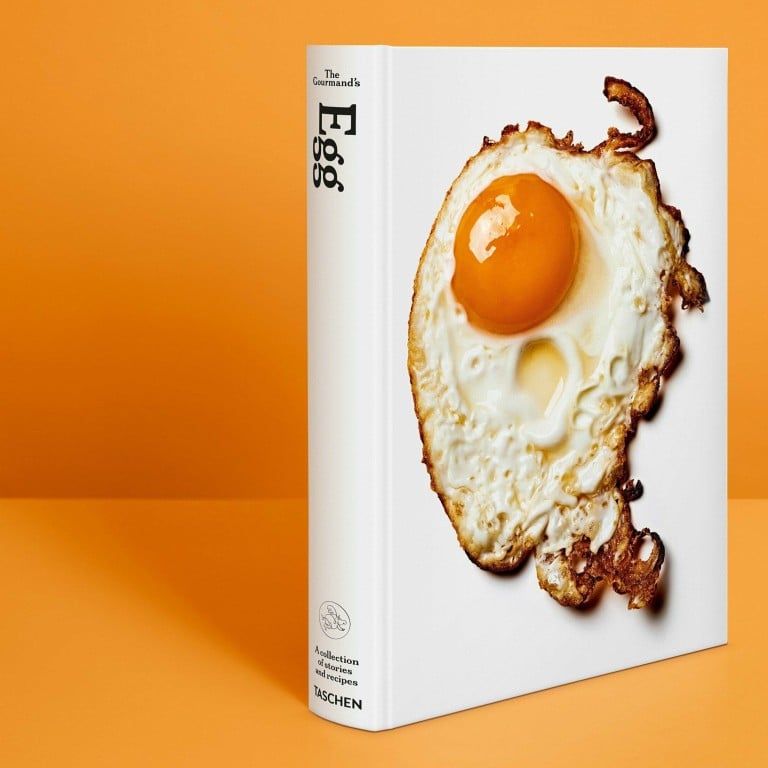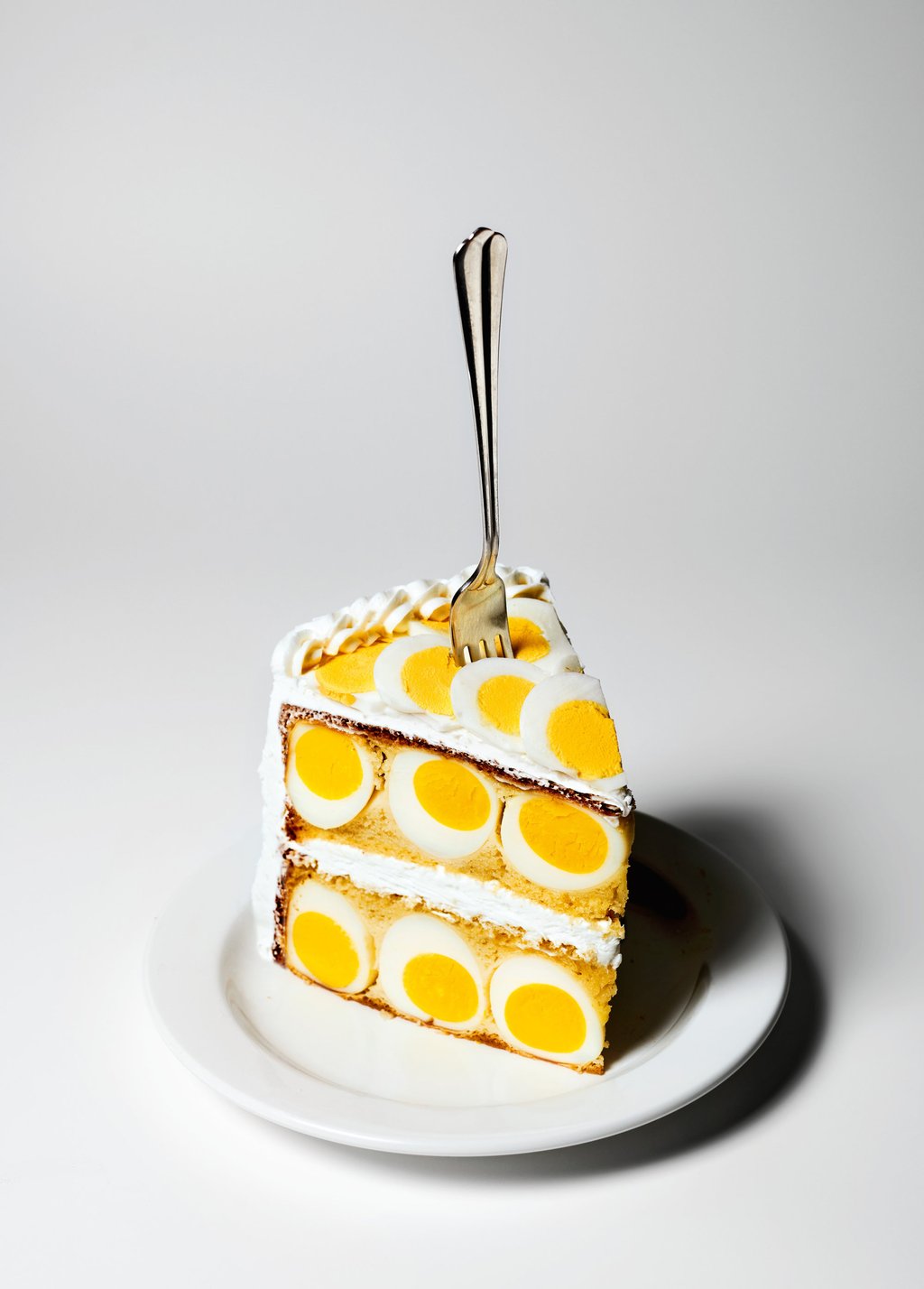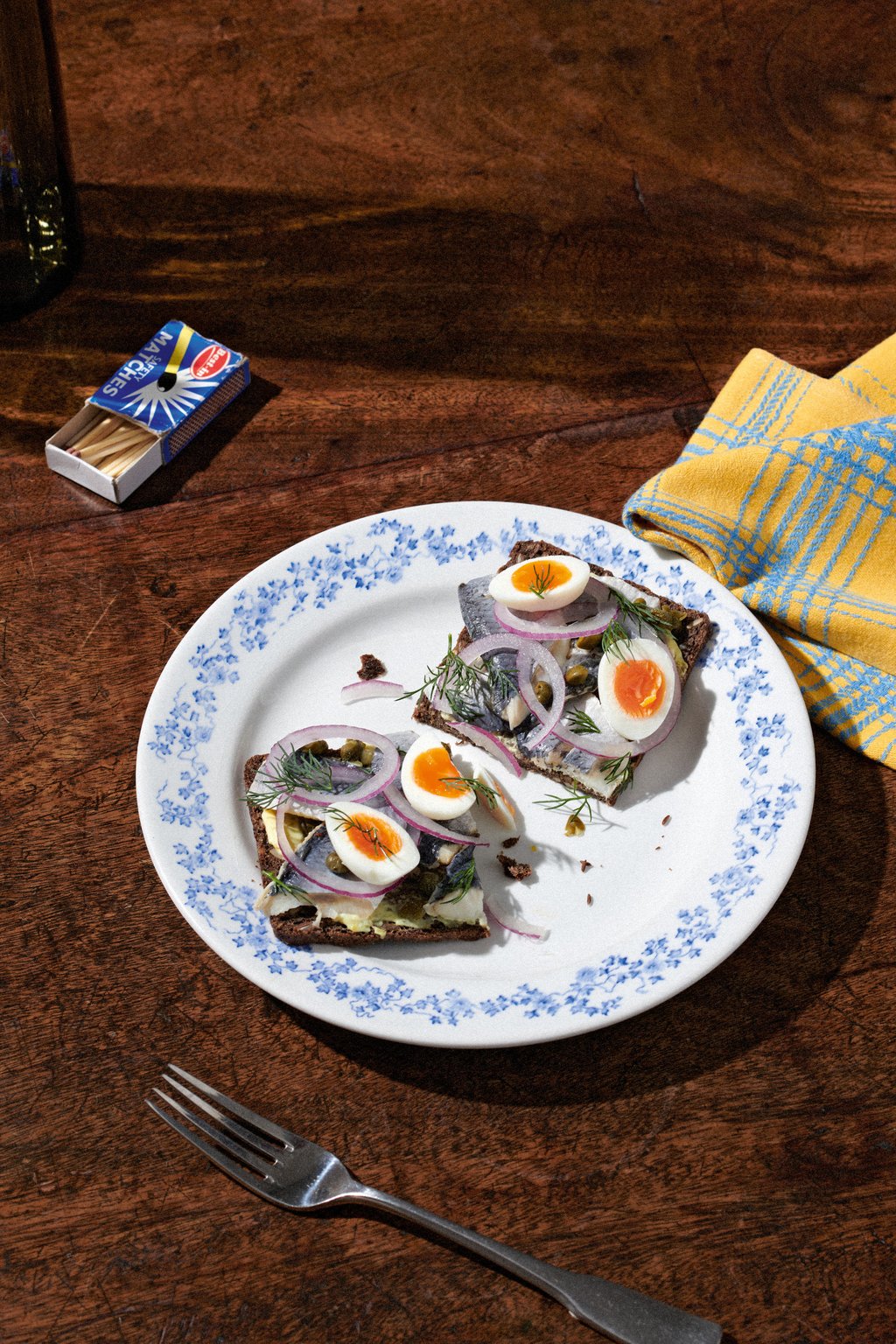Why is the egg such an important ingredient? Taschen’s latest book The Gourmand’s Egg reveals the humble food’s role in art, history and culture through the ages – then delves into delicious recipes

- The first in a series of collaborations between The Gourmand and Taschen, the tome follows books like Rose Bakery’s How to Boil an Egg and Michelin-starred Michel Roux’s Eggs
- The book covers Paul Newman’s egg binge in Cool Hand Luke, Alfred Hitchcock’s ovophobia, Fabergé’s adornments and the egg in art by Ed Ruscha, Andy Warhol and Jean-Michel Basquiat
The humble egg.
So basic, yet so very versatile. Both building block and complete structure. A trope, ripe with symbolism. So very viscous, and occasionally a little voyeuristic. A chef’s dream, and to many, a necessity. More than an ingredient, it is a cultural notion that has fascinated humankind for centuries.
It is also the subject of the first in The Gourmand’s new series of books published in conjunction with Taschen. Many tomes have been dedicated to the enduring kitchen staple – from Rose Bakery’s How to Boil an Egg to Michelin-starred Michel Roux’s seminal Eggs – so it prompts the question: what does this new addition contribute to the canon? Haven’t we had enough of l’oeuf, aren’t we done with the humble huevo?

Turns out, we haven’t and we aren’t. The Gourmand’s Egg. A Collection of Stories & Recipes is a fitting and emblematic debut for the new series between the two publishers, and covers much untrodden territory, benefiting from The Gourmand’s fascinatingly lurid aesthetic and alternative approach to food journalism, and Taschen’s extensive experience covering art, history and culture through the ages.
The introduction gets things cracking with a comprehensive history of the egg, traversing references in religion, cultural rituals, art movements, classical and modern literature, films, advertising, social media and even dad jokes.

We recall Paul Newman’s egg binge in Cool Hand Luke and Alfred Hitchcock’s well-documented ovophobia; explore the egg’s appearance in artworks by Ed Ruscha, Andy Warhol and Jean-Michel Basquiat; learn the history of Fabergé’s fascination with adorning eggs; and even encounter an entire imagined correspondence “penned” by Chicken and Egg on the age-old hot topic of which came first.
After 130 of its total 270-odd pages, the book finally delves into the expected: recipes. These range from the simple (boiled, scrambled, poached) to the cross-cultural (Moroccan kefta mkaouara, Ethiopian doro wat stew), even to cocktails (eggnog, of course, but also the pisco sour and clover club).
